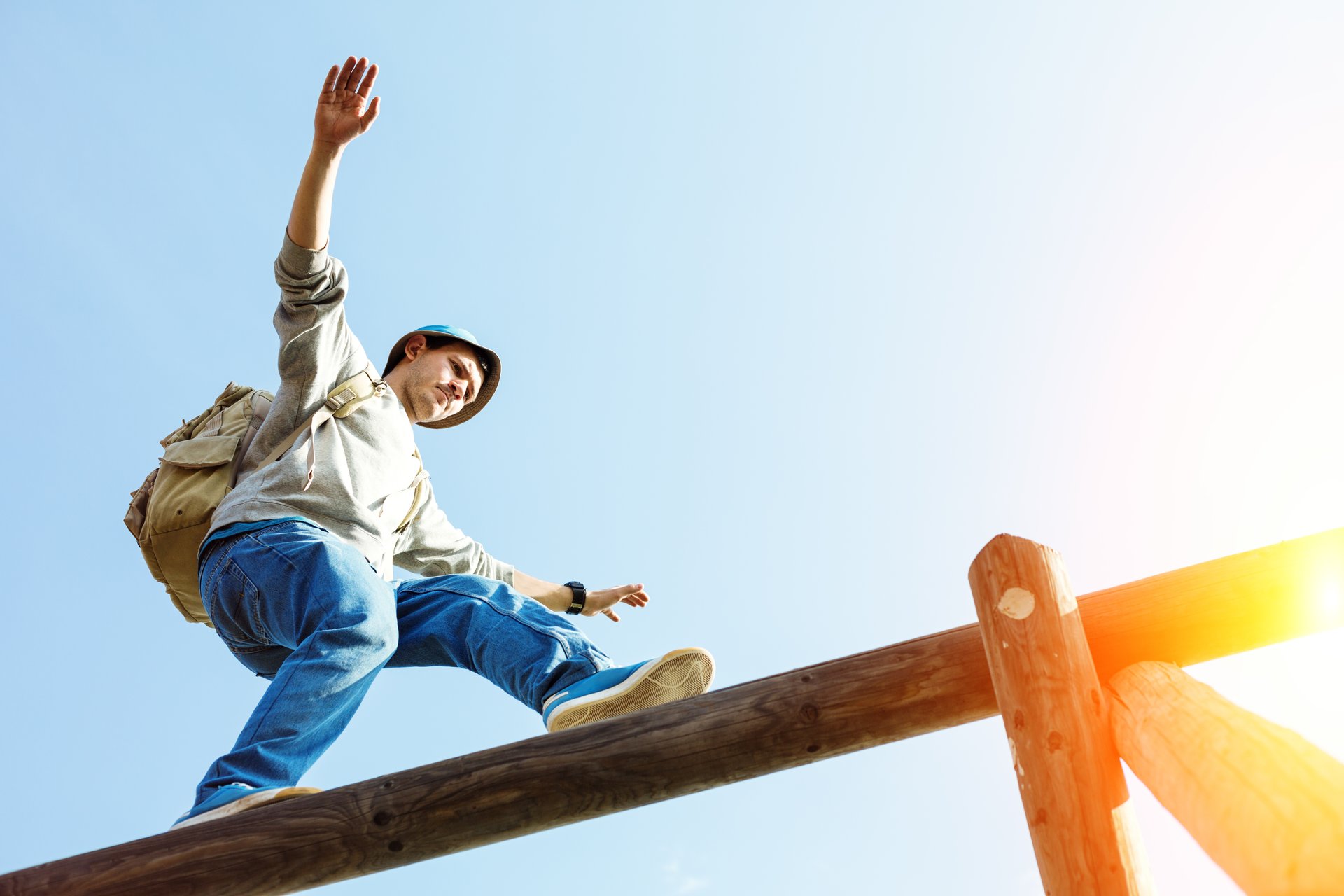
Want to stay safe on vacation? Fasten your seat belt when you’re in a motor vehicle, and look both ways when you cross the street. Those routine safeguards are perhaps the best way to ensure you return home as healthy as when you left. But while you’re out on your adventure, consider some of the unusual risks that come with traveling — and bad choices that people make when they are out of their element. These mistakes can ruin a vacation — or take a life.
Before you go, consider these risks:
1. Death by selfie

We constantly hear about people getting hurt or killed in their quest for “selfies.” There’s the Japanese tourist who fell down the stairs of the Taj Mahal after taking a selfie, according to a CNET report. A 29-year-old pilot crashed while taking selfies (and sending texts) as he flew his small plane over scenic Colorado.
A recent study by researchers at Carnegie Mellon University in Pittsburgh found that selfies accounted for 127 deaths worldwide between March 2014 and September 2016. The authors noted 41 of those who died taking selfies were under age 20. There were 45 people between the ages of 20 and 24 who died taking a selfie. Seventeen of those who died during selfies were age 30 or older.
Don’t become one of the statistics. When on vacation and pursuing the killer shot, stop and ask yourself whether it might kill you instead.
2. Death by wildlife
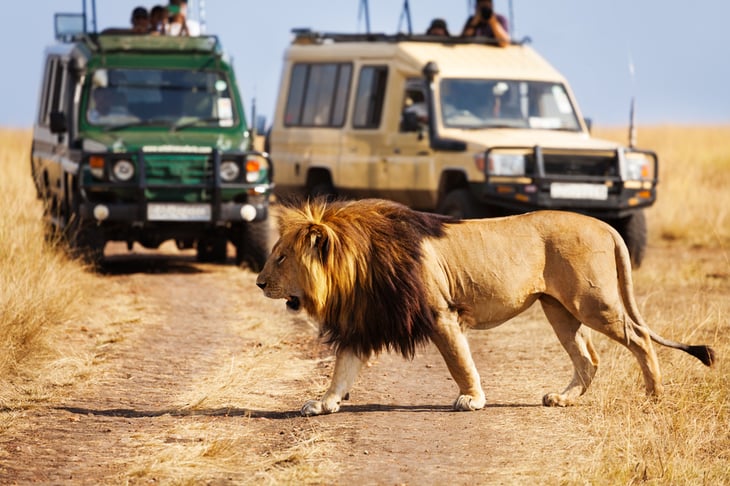
Tourists sometimes forget that wild animals are, well, wild.
There are plentiful reports of people gored, mauled or killed by bison when they got too close, sometimes when taking selfies near the seemingly docile animals. In 2016, a mountain biker in Montana was killed by a grizzly when he apparently surprised the animal — making the seventh fatal grizzly attack in the area since 2010, reported The Washington Post.
Think you’re safe in your car? So did a 22-year-old American tourist in a U.K. wildlife park. A lion jumped through her car window and mauled her to death, according to The Daily Mail. Like many tourists, she had ignored a warning to keep her car windows closed.
The tragic death of a 2-year-old snatched by an alligator at a Disney resort last year was a reminder that even in seemingly benign settings, wild animals pose a risk.
The National Parks Conservation Association offers some suggestions for staying safe around encounters with bison, mountain goats, alligators and bears — and ways to avoid hurting the wildlife as well.
Don’t take chances. At any site where wild animals are present — whether on safari or visiting SeaWorld — seek out and follow safety precautions.
3. Death by speeding vehicle

Traffic accidents account for the most unnatural deaths of Americans abroad, according to a Time report that looked at State Department records of reported U.S. citizens deaths overseas from 2002-2015.
Use caution when crossing streets — especially if you’re visiting a country where drivers use the opposite side of the road than the one you are used to.
Even within the United States, traffic culture varies from place to place. In Las Vegas — to cite one example — large numbers of distracted tourists and fast-moving four-lane roads have proved an increasingly deadly combination, according to a report by The Los Angeles Times.
When traveling think twice, or thrice, around moving vehicles to avoid bad endings like these:
- A teen from Britain was hit by a train and killed while she posed next to a railroad track in southern China, apparently to get a picture in front of a scenic “sea of roses,” The Express reported.
- An Ohio woman was killed by a train in Kentucky when she and her boyfriend walked on an 80-foot-high trestle to search for a mythical monster that was said to live beneath it, reported The New York Daily News.
4. Tragedy caused by ignoring barriers and warnings
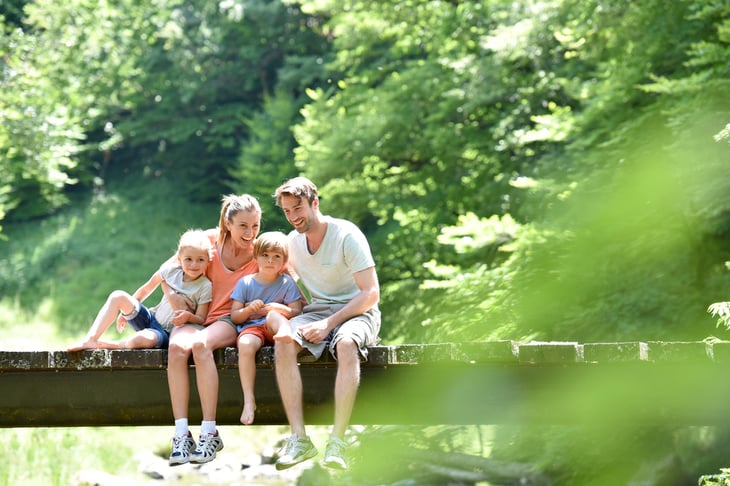
If you’ve ever visited Yellowstone National Park, you’ve likely seen adults and children walk off the designated paths by hot springs and geysers, despite ubiquitous warning signs. One of the latest fatalities in the park was a 23-year-old man from Portland, Oregon, who walked off the designated boardwalk and fell into a boiling hot spring that had a temperature of about 199 degrees Fahrenheit, reported Outside.
This type of accident — which occur in spite of barriers and warnings — doesn’t just happen in the wilderness. You’ll find signs on the viewing deck at the top of the Empire State Building in New York reminding visitors not to hold children above the safety fence. In 2015, a 45-year-old man was killed by a roller coaster after he climbed over two safety fences to retrieve a cellphone, reported Cleveland.com.
In short, obey signs and respect safety barriers.
5. Death by lack of emergency care
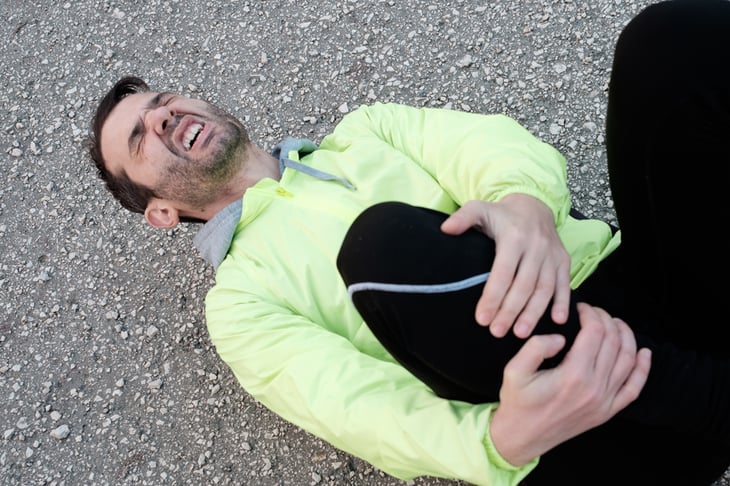
American tourists often make the mistake of assuming that emergency help is always available, just as it is at home. If you’ve traveled overseas or even in remote areas of the United States, you know that isn’t always true.
Remember that some areas have no cell service. If you injure yourself while hiking or biking in, say, Death Valley, you won’t be able to call for help. And in some places, as I realized on a remote hike in Hawaii, it would be close to impossible for help to reach you if something went wrong.
Also know that food poisoning and allergies can be fatal if not immediately treated.
The best idea when on an outing is to do some research on conditions and take some precautions before you take off your adventure. If you’re going to be out of communication, let someone know to look for you if you don’t show up at the appointed time.
Check with your medical insurer to see if you are covered for illness or injury when you travel. If not, consider buying travel insurance.
6. Death by extreme sports
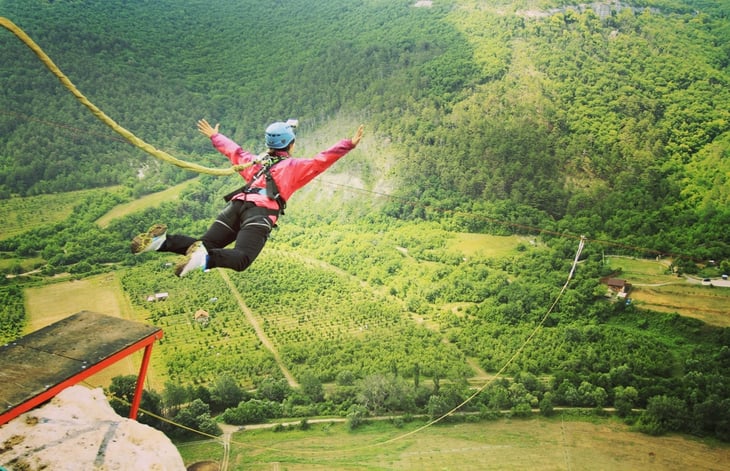
“Unregulated, unsupervised and dependent on high risk for thrills” is one description of adventure tourism in New Zealand, where extreme sports have led to tragedies, according to Stuff.co.nz. The article detailed the much-reported recent case of a Dutch teenager, long afraid of heights, who plunged to her death while participating in a form of bungee jumping in that nation. Court papers suggest the teen misunderstood the instructor’s English, reported the U.K. site Metro.
In another incident, two teens died after jumping into a waterfall during an “extreme adventure” outing in Vietnam, reported The Telegraph.
Whether you are white water rafting or scaling Mount Everest, you need to first fully understand the risks.
Ask the operator about the risks involved, but do your own research, too. Check online reviews of the company and activity on third-party sites such as www.tripadvisor.com.
7. Drowning
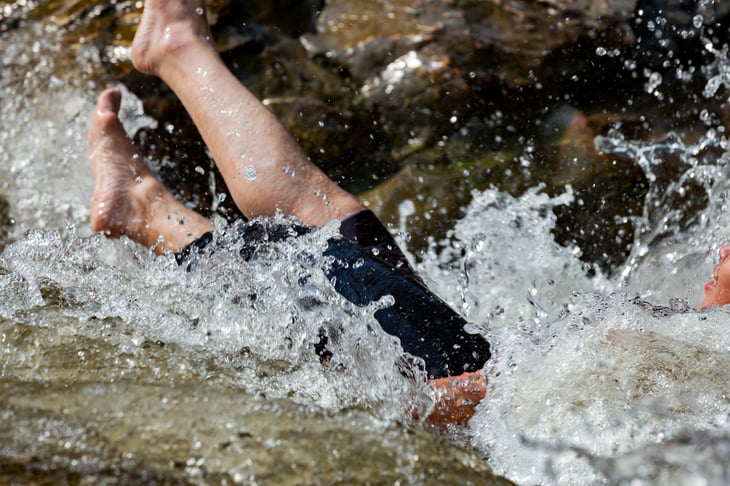
The U.S. Centers for Disease Control noted there were 3,536 unintentional drownings (unrelated to boating) — or about 10 per day — in the U.S. between 2005 and 2014. Of course some of these deaths occur in backyard swimming pools and bathtubs. But consider that Hawaii’s rate of drownings by visitors is 13 times the national average, reported The Huffington Post.
Some of the destinations most sought after for their idyllic beaches also have relatively high drowning rates. For instance, 101 Americans drowned in Costa Rica’s waters since 2002, reported Time, perhaps in part because there is no law requiring lifeguards.
Lesson: Look for warning signs on beaches. Ask about local water hazards — such as riptides, strong currents and rapids — before you set out on a river, ocean or lake.
Remember that if you think you are in a situation where you might drown, you should float or tread water. That’s the best way to control your breathing and stay alive until you are rescued, reported the U.K. newspaper The Mirror.
8. Death by illegal drugs
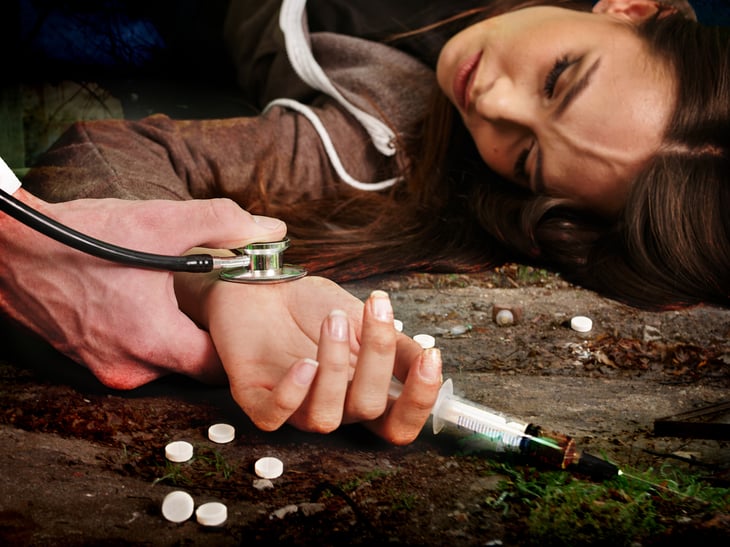
Travel to Mexico and some other foreign destinations, and you’ll likely be approached to buy illegal drugs. (I can say from first-hand experience that this is common.)
Cambodia and Thailand are notable as destinations where tourist die in drug-related incidents, according to Time.
The lesson here is simple and obvious. If it’s dangerous at home, it’s twice as hazardous when you’re not on familiar turf.
9. Murder
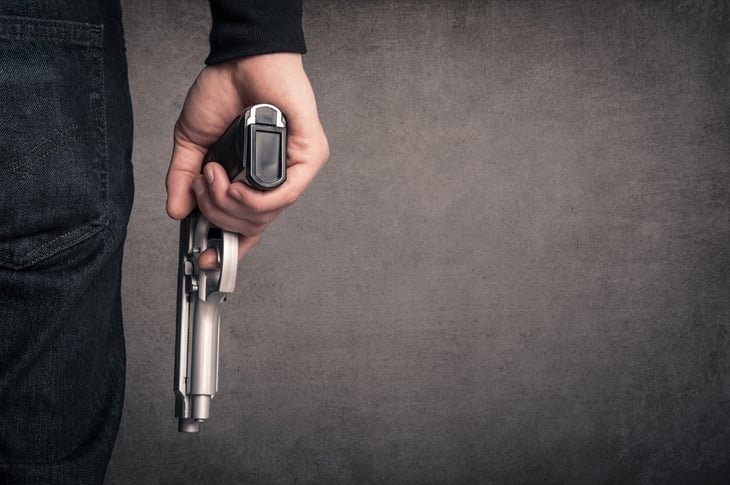
Murder is a real hazard for tourists in some countries, notably Mexico, the Philippines and the Dominican Republic, according to Time’s analysis of CDC statistics.
Again, understand the risks involved before you visit an area. One place to start is International SOS, which publishes a Travel Risk Map to help guide your destination choice.
Another great resource for measuring risk for destinations overseas is this U.S. State Department site. Your tax dollars pay for it — use it!
Have you witnessed travelers taking unnecessary risks? What risks have you taken while out on adventures? Share with us in comments below or on our Facebook page.




Add a Comment
Our Policy: We welcome relevant and respectful comments in order to foster healthy and informative discussions. All other comments may be removed. Comments with links are automatically held for moderation.